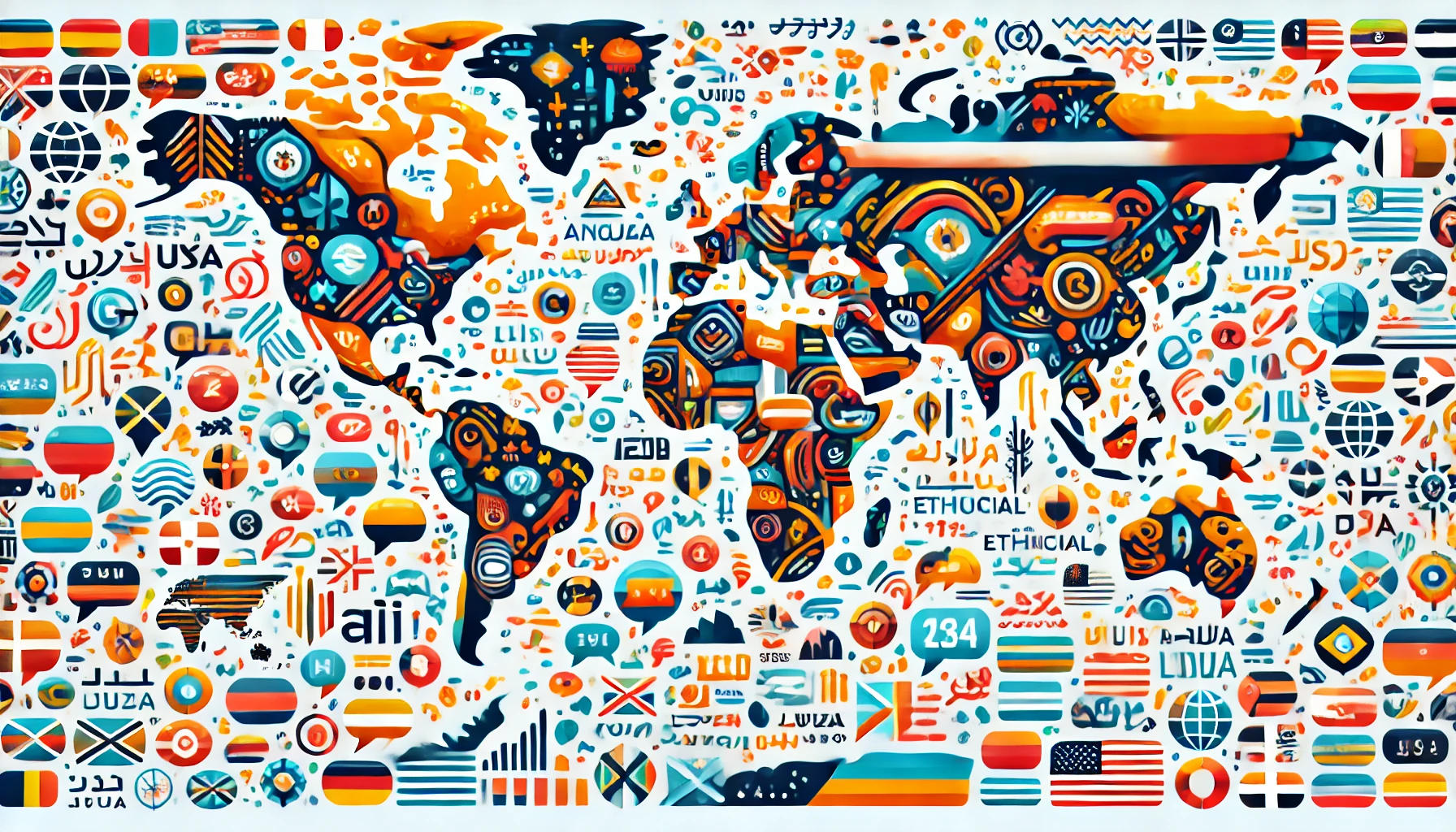Notable additions include Indian dialects such as Awadhi and Marwadi, bringing a total of 243 supported languages.
Google has significantly expanded its Google Translate service, adding support for 110 new languages. This update, announced Thursday, represents the largest expansion in the translation tool’s history, which now includes a total of 243 languages.
The contribution of artificial intelligence
The expansion was made possible thanks to Google’s PaLM 2 advanced language model, which used artificial intelligence (AI) to learn new languages, particularly regional and related dialects. Among the new languages supported are the Indian dialects Awadhi and Marwadi.
The 1,000 Languages Initiative
This expansion is part of Google’s ambitious 1,000 languages initiative, announced in November 2022. The goal is to create AI models capable of supporting the 1,000 most spoken languages globally. T he inclusion of these 110 new languages represents a significant milestone in this ongoing project.
Priority to common linguistic varieties
Google has prioritized the inclusion of the most commonly used linguistic varieties. For example, for the Romani language, which has numerous dialects across Europe, the AI model selected the Southern Romani dialect Vlax, as it is widely used online. The availability of textual data for training the AI model also influenced the selection of new languages.
New languages added
Among the most notable additions are Cantonese, one of the most requested languages for Google Translate, and Afar, a tonal language spoken in Djibouti, Eritrea and Ethiopia. A significant portion of the new languages, about a quarter, come from Africa, reflecting Google’s commitment to linguistic diversity and inclusion.
The role of the volunteer community
In a blog post, Google highlighted the role of volunteer community contributions in identifying and adding new languages, particularly in regions with limited digital resources. This expansion highlights Google’s ongoing efforts to break down language barriers and make information accessible to a broader audience.
FAQs
1. How many new languages have been added to Google Translate? Google Translate has added 110 new languages, bringing the total supported languages to 243.
2. What are some of the new languages added? Among the new languages added are Indian dialects such as Awadhi and Marwadi, as well as languages such as Cantonese and Afar.
3. What is Google’s PaLM 2 language model? PaLM 2 is an advanced language model from Google that uses artificial intelligence to learn and support new languages, especially regional and related ones.
4. What is Google’s 1,000 languages initiative? Google’s 1,000 languages initiative, announced in November 2022, aims to create AI models capable of supporting the 1,000 most spoken languages globally.
5. What criteria were used to select the new languages? Google prioritized the most commonly used language varieties and considered the availability of textual data for training the AI model. For example, for the Roma language, the Southern Roma Vlax dialect was chosen.
6. Why do many of the new languages come from Africa? About a quarter of new languages come from Africa, reflecting Google’s commitment to linguistic diversity and inclusion.
7. What is the role of the volunteer community in the linguistic expansion of Google Translate? The volunteer community has contributed significantly to the identification and addition of new languages, especially in regions with limited digital resources.
8. How can I contribute to the linguistic expansion of Google Translate? You can help by suggesting new languages or providing linguistic data through Google’s volunteer programs.
9. Where can I find more information about the expansion of Google Translate? You can find more information on the official Google blog and on the Google Translate support page.
10. Is Google Translate language expansion already available to all users? Yes, the expansion has already been rolled out and the new languages are available to all Google Translate users.
Sign up for the newsletter. Stay updated!
We will send you periodical important communications and news about the digital world. You can unsubscribe at any time by clicking the appropriate link at the bottom of the newsletter.


Leave a Reply